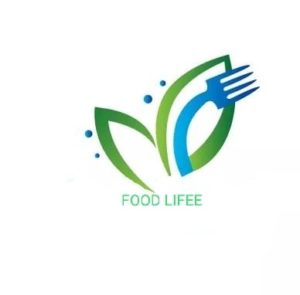Protein in lettuce helps bone healing in diabetics
It is known that the bones heal more slowly in diabetics, but researchers are working on treatment at reasonable financial costs through the use of plants that can help in healing. Currently, experiments in mice show promising results.
Not only are people with diabetes more susceptible to bone fracture, but they also take more time to heal than the general population.
Researchers at the University of Pennsylvania in Philadelphia, paving the way for oral treatment that can heal bones faster in people with diabetes.
Centers for Disease and Prevention (CDC) estimate that there are about 30.3 million people in the United States – or 9.4% of the population – who suffer from diabetes.
The CDC also writes that 84.1 million people have diabetes, which can develop into type 2 diabetes within 5 years if left untreated.
This leaves more than 100 million adults in the United States with diabetes or prediabetes.
According to the American Diabetes Association, the estimated economic cost of diabetes for the United States was $ 327 billion in 2017.
And because people with diabetes have a greater risk of fracture and lower rates of bone repair, doctors find recovery from bone fractures a big challenge.
And researchers say at the present time that a person with diabetes and fractures needs regular injection and visits to the hospital, which leads to the patient’s weakness in compliance with this.
New simple and low-cost drug
What if they could come up with a low-cost, simple protein drug that stimulates the growth of bone-building cells and promotes bone regeneration or revitalization?
Dr. Henry Daniell of Penn Dental Medicine- who is the corresponding author on the paper published in the Journal of Synthetic Materials Biomaterials – says the team sought a solution that was affordable, convenient, and could be done at home.
The research builds on the groundbreaking pilot work that Daniell has done for decades to produce an affordable oral alternative to treat insulin through plants.
Daniell told Medical News Today: “Over the past 50 years, recombinant human insulin injections, made from yeast or bacteria, have saved millions of lives, but these products are beyond the reach of more than 90% of the world’s population. Diabetics” .
Insulin is known as the protein hormone produced by the pancreas.
It helps the body convert glucose into energy. Without it, as in diabetes, glucose can accumulate, which leads to serious health risks.
But current insulin treatments are expensive. And Dr. Daniel says: “Insulin pumps cost between $ 6,000 and $ 12,000, while a third of the world’s population earns less than $ 2 a day.” It is worth noting that the price of insulin in the United States has doubled in the past five years.
Insulin production is very expensive and highly unstable, and requires cold storage and transportation, as well as sterile injections. Needle-based delivery has been the only option for 50 years.
And Daniel said, “Therefore, the goal of delivering medications with protein that can be taken orally is to make them accessible and comfortable.”
Growing protein in lettuce
The work of the research team includes the introduction of specific plant cell proteins. Then plants start expressing this gene in their cells. Once the plant produces protein in its leaves, people can use it for oral treatment.
In this particular study, the team presented the human insulin-like growth factor-1 (IGF-1), a protein that plays a key role in the development and regeneration of muscles and bones. The study also included e-peptides to stimulate regeneration.
Using methods refined by Daniell, the team expressed IGF-1 and CTB (a protein that helps transport molten proteins to the bloodstream from the digestive system) to lettuce leaves and remove the antibiotic resistance gene gene.
Once the lettuce had grown, the researchers had frozen and dried the plant and milled the leaves to produce a drug (drug) and put it on the shelves for three years.
Treatment promotes bone growth in mice
The treatment has caused the growth of many types of cells, including those needed to build bones – oral tissue cells and bone tumors – in mouse and human cells.
When the researchers administered the drug to mice, rodents showed an increase in IGF-1. When diabetic mice consumed the drug, they showed signs of enhanced recovery while improving bone size, density and area.
And Daniel says: “It’s amazing how one protein affected healing a fracture.”
And he continues, “Here we provided oral medication once daily and we saw that healing is accelerating a lot.”
And Dr. Daniel adds that they used lettuce leaves because they are very thin, easy to dry and safe, without any known allergy.
Once the leaves are frozen, the protein remains stable for years without the need for cold storage and transport as well.









